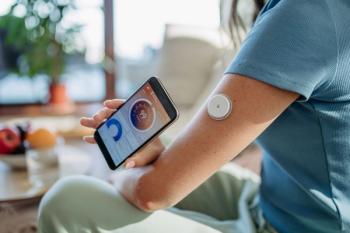
Was this shoulder dystocia and was it properly managed?
In this case, the patient alleged that the defender should not have induced her and that he had mismanaged administration of the butorphanol, theoretically contributing to poor maternal effort.
THE FACTS
Prenatal care during her second pregnancy also was uneventful. The patient's last menstrual period began on June 2 and her estimated date of confinement, confirmed by multiple ultrasounds, was March 7, 2003. A glucose challenge test was performed on December 2 and was found to be within normal limits. The patient gained 19 lb during this pregnancy and was without any evidence of glucose, albumin, or ketones in her urine. She appeared at 13 prenatal visits prior to delivery; the last occurred on March 6. A progress note in the office record dated March 7, 2003, reported the delivery of a live male infant with Apgars of 9 and 9. The note indicates a "secondary laceration following the delivery of this 7 lb 14 oz male from the left occiput transverse position."
The patient fell asleep and remained so until approximately 9 PM, when she awoke, climbed out of bed, and was "screaming with pain." A third dose of medication was administered at 9:40 PM according to the nursing notes while the doctor's note timed it at 9:50. Both notes reflect that at 9:40 the patient was 7 cm dilated and that she was fully dilated at 9:50. At 10:06 the infant plaintiff was delivered with pediatrics present. His Apgars were 9/9; his general appearance was "good," although face bruising was noted. In his delivery note, the defendant obstetrician noted: "thighs flexed-suprapubic pressure." A 10:15 nurse's note recorded: "Rt arm somewhat sluggish" and "no shoulder dystocia."
The following day the infant was noted to have decreased movement of his right hand and arm with poor grasp. The same note refers to "need of staff to deliver infant because mother stopped pushing and entrapped head." Another note again remarks that the right arm is "sluggish." However, the discharge summary was devoid of any mention of the infant's right arm, although subsequent records and physical evaluation reflected a mild permanent Erb's palsy of the affected arm.
Newsletter
Get the latest clinical updates, case studies, and expert commentary in obstetric and gynecologic care. Sign up now to stay informed.











